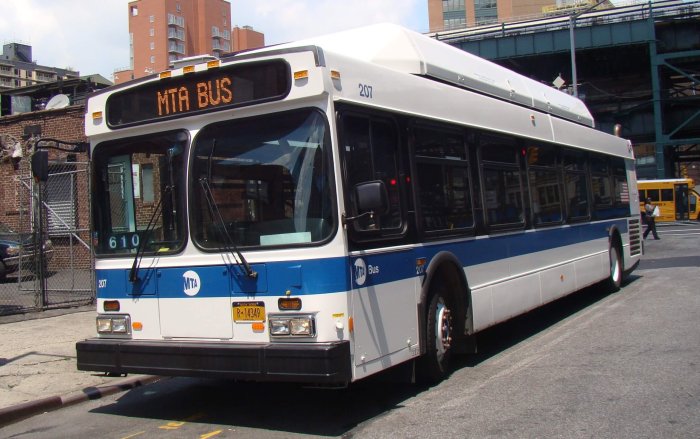By Zach Patberg
The proposal would appropriate funds toward a pilot program to test the effectiveness of the signals, which are intended to make it clearer to pedestrians how long they have to cross the street before the light turns green.Stavisky said she was focusing on Queens Boulevard because of its notoriety. In the last 12 years, more than 85 pedestrians have been killed on a seven-mile stretch that includes Forest Hills. But, she said, she hopes to spread it citywide if the program proves worthwhile.”Our streets are not as safe for pedestrians as they should be,” said Stavisky, a member of the Senate's Transportation Committee. “A countdown signal pilot program is a relatively low-cost way to begin making our streets safer for the millions of residents and tourists who walk here everyday.”The elderly have proven to be the most vulnerable to injury while crossing the thoroughfare and so would benefit most from the signals, Stavisky said at a news conference Jan. 25.She recalled first seeing the signals in Taipei, Taiwan, during a trip there in 2002.”I thought, if it works in Taipei, it's got to work on Queens Boulevard,” she said.Other cities such as Cambridge, Mass., and Washington, D.C., have also adopted the signals.Rachel Epstein, director of the Selfhelp Senior Center located on Queens Boulevard, said a number of its seniors have been hit by cars or met close calls, with some still recovering from injuries.”I know before I cross that I'll have to hurry because it's such a wide street,” said Abe Pearlstein, a senior from Forest Hills, describing his hesitancy to cross the boulevard, a trip he makes about 10 times a week. “But I have a little trepidation because I don't know how long I have.””These,” he added, referring to the signals, “would make it easier to know that.”The signals, which Stavisky said cost about $300 each, would be set next to the crosswalk picture signal with a clock that counts down from either 30 or 15 seconds, giving pedestrians a better idea of when the light will change than a blinking hand, according to Stavisky.The senator said she met with Iris Weinshall, commissioner of the city's Department of Transportation, about two years ago but was rebuffed. In a Dec. 7 letter to the commissioner, Stavisky asked that the issue be revisited, this time citing studies that showed pedestrian deaths accounting for nearly half of the city's fatal car crashes between 1998 and 2000.In response, DOT spokesman Craig Chin, said: “In each of the last five years, pedestrian fatalities have decreased. In 2005 they reached the lowest point since 1910. However, DOT is always looking for ways to improve pedestrian safety and is considering conducting a countdown pedestrian signal pilot program.”Chin said Queens Boulevard was considered a possibility to host such a program.Reach reporter Zach Patberg at news@timesledger.com or at 718-229-0300, Ext. 155.


































